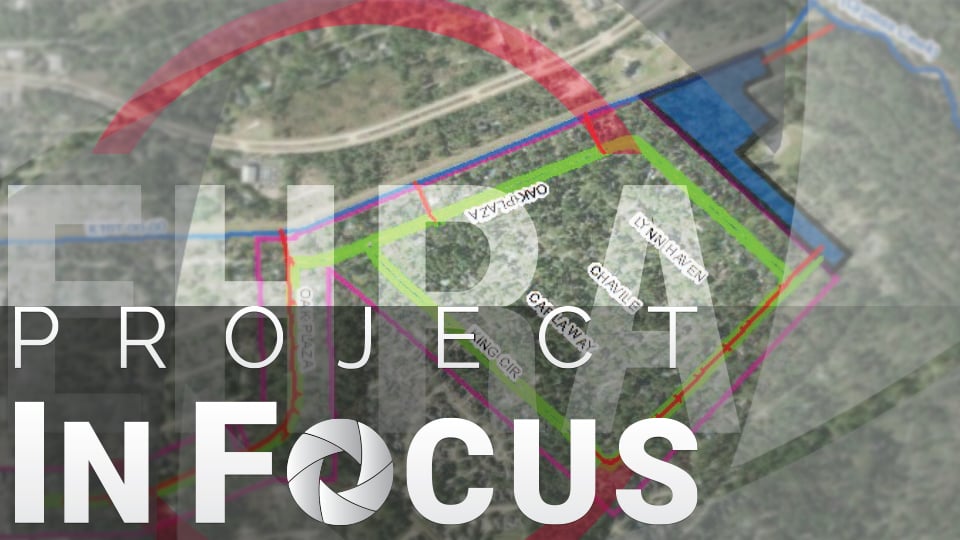EHRA was contracted by Harris County to perform planning and design for the drainage improvements for the Tower Oaks Plaza Subdivision, located in northwest Harris County. This investigation identified drainage solutions intended to reduce the risk of structural flooding and improve resiliency in the subdivision.
Cypress Creek is the major source of flooding for the subdivision. EHRA utilized a two-dimensional analysis to determine the threshold of service that could be provided locally before Cypress Creek inundated the subdivision. The analysis revealed that the 10% annual exceedance probability event was the maximum achievable level of service for the internal drainage system. The internal drainage analysis concluded that the roadside ditch conveyance system was adequate for a two-year level of service in most locations, but the outfalls were not. EHRA then analyzed both the internal drainage system and the Tributary to Cypress Creek (K161-00-00) to determine what improvements needed to be made to achieve a ten-year level of service.
EHRA recommended the following drainage improvements:
- Dual storm sewer and roadside ditch improvements along both sides of the Oak Plaza Drive. Storm sewer size varies from 18” to 5’x3’ RCB.
- Upsizing outfall from 36” to 42” into K161-00-00
- Ditch regrading along both sides of the road along King Circle and incorporation of a 6’x6’ RCB storm sewer trunkline
- Adding 43 acre-feet of detention volume to mitigate additional flows entering Cypress Creek
- Construction of overflow swale from the northeast corner of the subdivision to proposed detention basin
- Use of freeboard within K161-00-00
Due to the location of the detention pond within a park and buyout area, there was extensive coordination with Precinct 3, Harris County and Harris County Flood Control to optimize detention storage while allowing for existing and proposed infrastructure within the park. During its design, EHRA put careful thought and consideration into maximizing the size and configuration of the detention pond, while minimizing the impact to the park. EHRA provided an estimate of how many trees would be impacted and went back and forth with the Precinct in collaboration to find a solution which would benefit the neighborhood with respect to drainage detention while maintaining tree coverage. In addition to these drainage improvements, EHRA recommended additional voluntary buyouts be pursued for structures within the effective 100-year floodplain for Cypress Creek.
EHRA also paid mindful attention to both schedule and cost throughout the duration of this project. When data showed two 36” Kinder Morgan pipelines crossing the project, EHRA designed a siphon for the storm sewer to take it under the gas lines and maintain 3’ of clearance. This resulted in a $3 Million cost saving and allowed the project to remain on schedule.
In 2023, EHRA completed the final construction plans for the Tower Oaks Plaza subdivision and has moved into the construction phase of this project. The construction is scheduled to start in June 2023 and be completed within 12 months.



